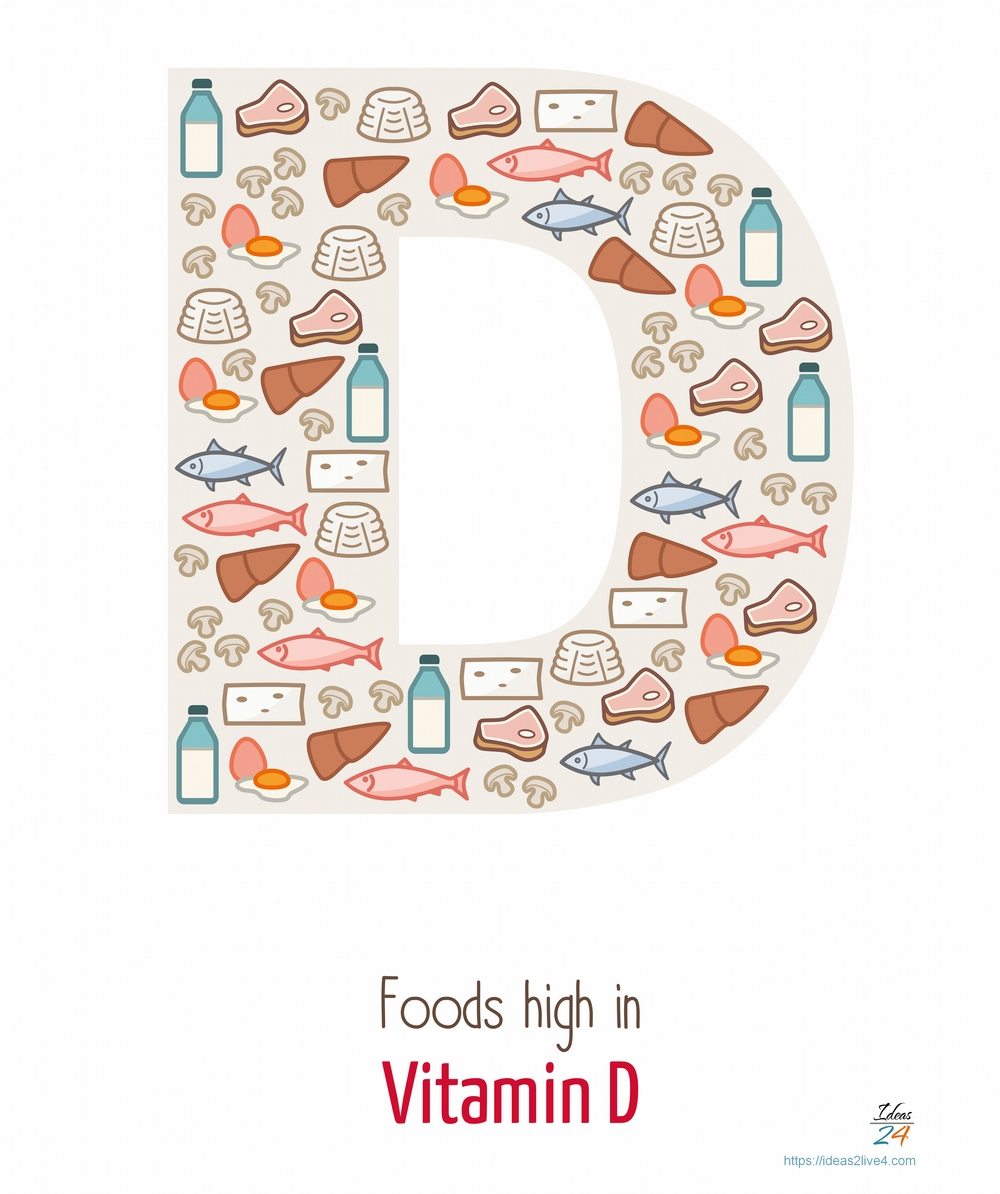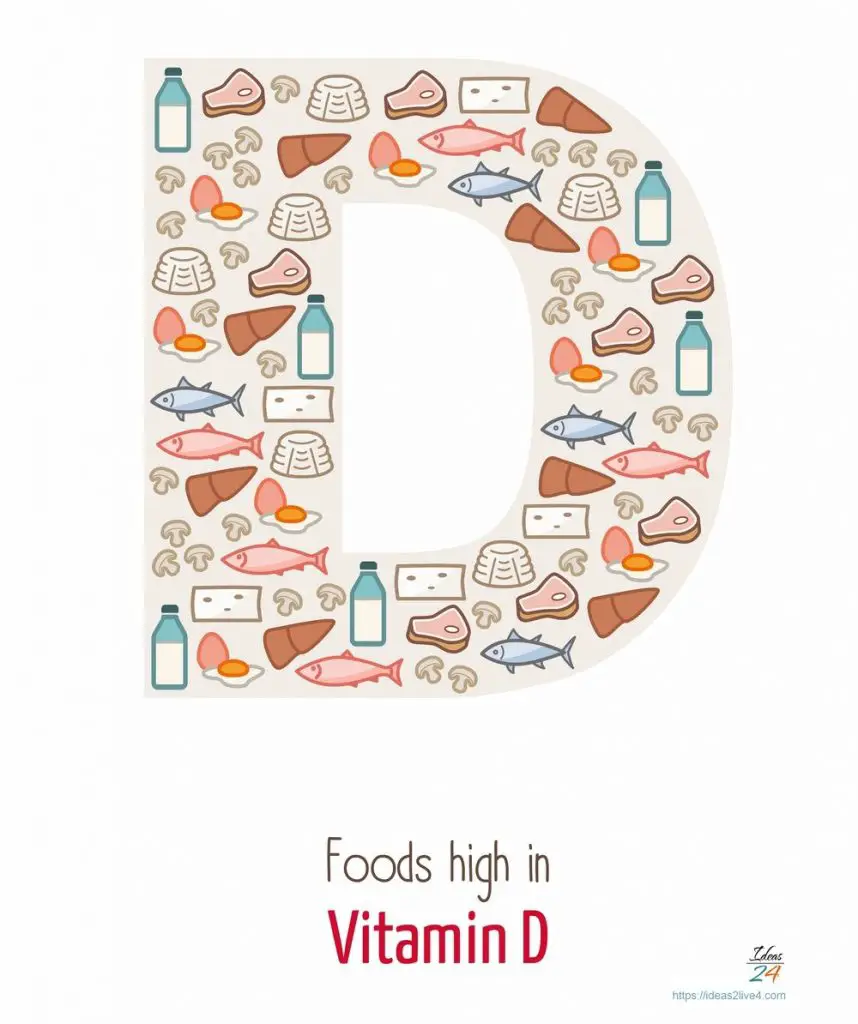Vitamin D is a fat-soluble micronutrient which is often called the “sunshine vitamin.” The human body can naturally synthesize it through sunlight exposure. It is important that we get enough vitamin D because it plays a part in making sure that we have healthy bones and a properly functioning immune system.
Contents
The Basics of Vitamin D
Vitamin D is essential for calcium absorption. Calcium supports the skeletal structure of the body by ensuring strong, healthy bones. It also plays key roles in nerve function, muscle contraction, blood clotting, and cellular activity. However, without the presence of vitamin D, the body is unable to absorb calcium.

Furthermore, Vitamin D promotes a healthy immune system, allowing the body to readily fight infections and other illnesses. It also supports muscular, respiratory, and cardiovascular functions.
Research studies also show that vitamin D reduces the risk of developing multiple sclerosis (Journal of the American Medical Association, 2006) and heart disease (Circulation, 2008). It can also help manage depression (Journal of Internal Medicine, 2008) and aid in weight loss (British Journal of Nutrition, 2009).
Why You Need More Vitamin D
Severe vitamin D deficiency may result in bone problems such as osteomalacia in adults where bones become soft, and rickets in children where bones are imperfectly calcified, softened, and distorted.
Before it gets any worse, it helps to learn about the symptoms of vitamin D deficiency. These are:
- Back pain
- Bone pain
- Depression
- Delayed wound healing
- Difficulty in thinking clearly
- Frequent fractures
- Hair loss
- Muscle weakness
- Skin problems
- Unexplained tiredness
- Weak immune system

Taking Too Much Vitamin D
Hypervitaminosis D, or having too much vitamin D in the body, can occur for multiple reasons: either you are taking a lot more than the recommended daily value, or you are taking certain medications that increase vitamin D levels in the blood such as diuretics, isoniazid, antacids, estrogen, and digoxin.
High levels of vitamin D can cause a resultant increase in calcium levels, a condition known as hypercalcemia. Symptoms include:
- Confusion
- Constipation
- Dehydration
- Dizziness
- Disorientation
- Excessive thirst
- Excessive urination
- Fatigue
- Heart arrhythmias
- High blood pressure
- Irritability
- Loss of appetite
- Muscle weakness
- Nausea
- Nervousness
- Tinnitus (ringing in the ear)
- Vomiting
- Weight loss
Sources of Vitamin D
Aside from direct exposure to sunlight, there are also dietary sources of vitamin D. Here is the list of foods with the highest vitamin D content:
- Caviar
- Eggs
- Mackerel
- Mushroom
- Raw milk
- Salmon
- Sardines
- Shrimp
- Tuna
You can download and print a large format version of our Vitamin D graphic here…
This is one of a series of posts on vitamins starting with vitamin A here…






